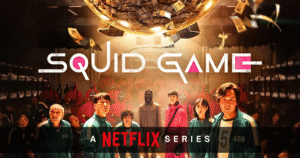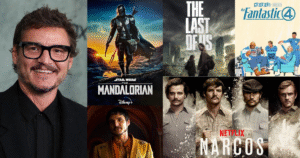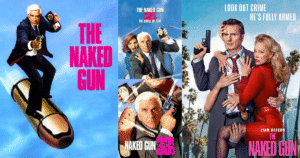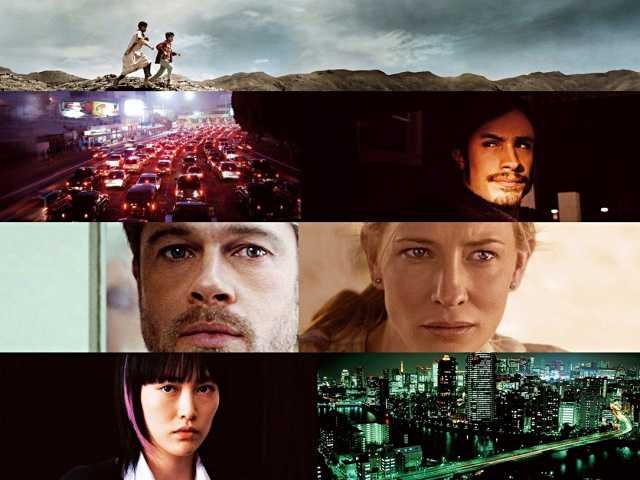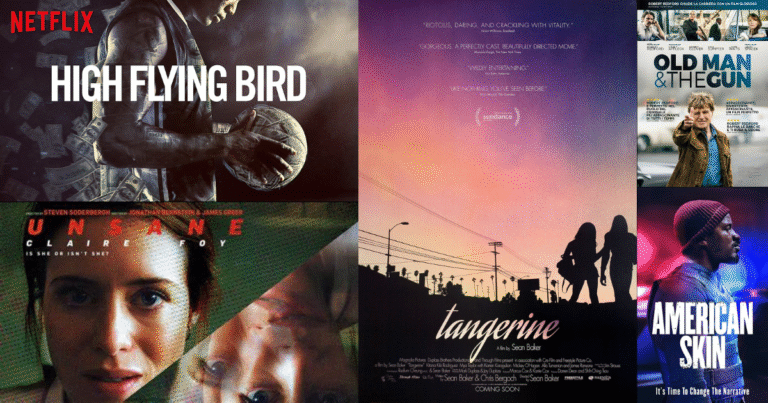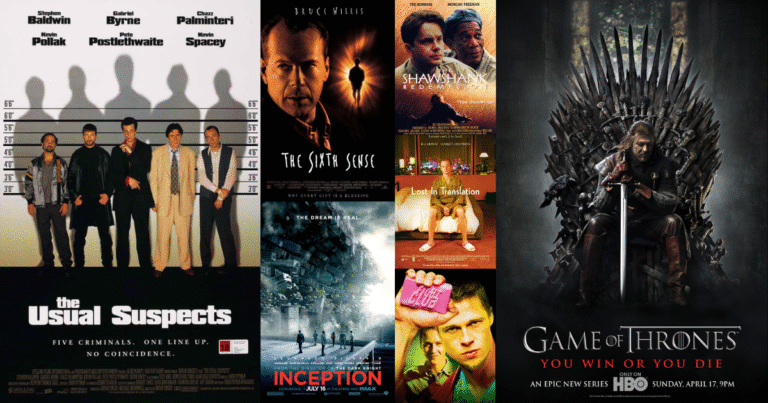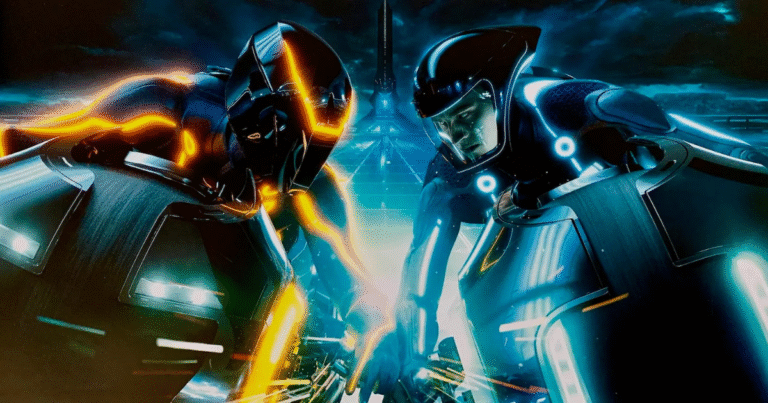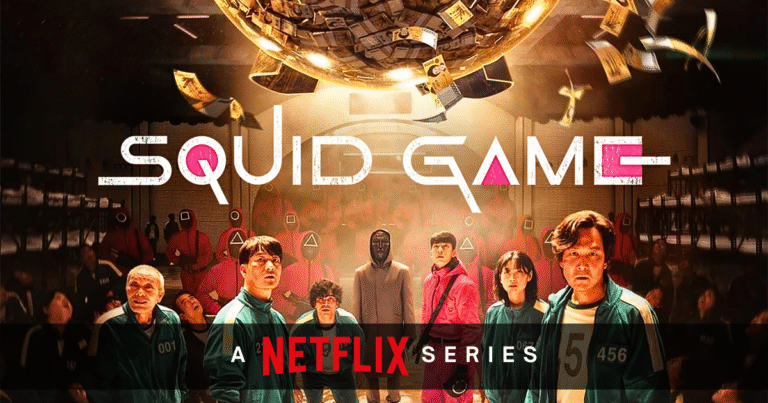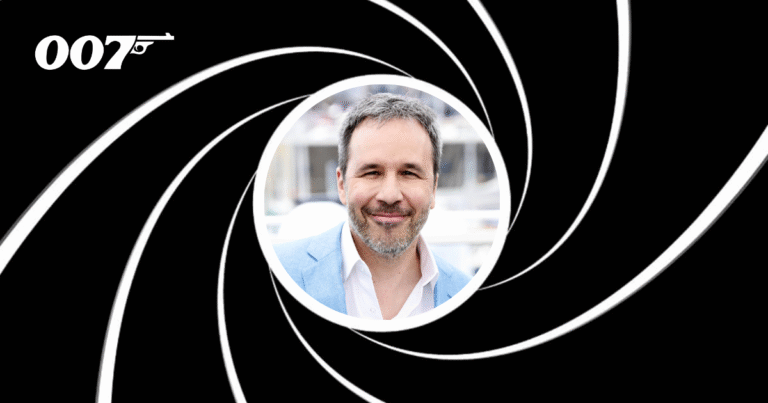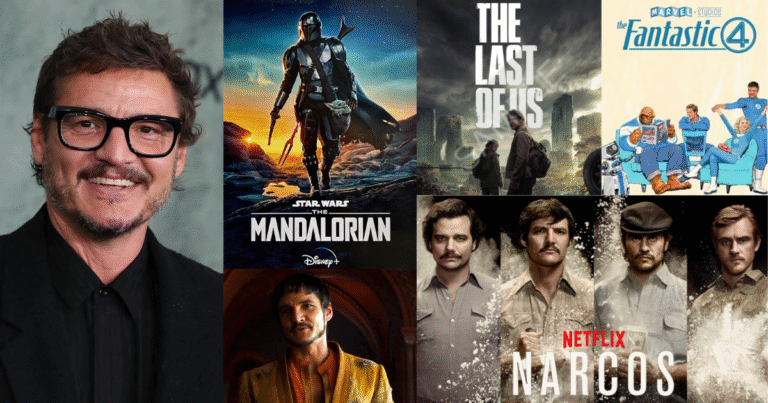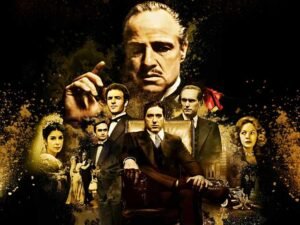Storytelling is what brings people to the movies. A good story keeps us hooked, helps us connect with the characters, and gives us something to think about. Over the years, filmmakers have explored many styles of storytelling. One of the most interesting and powerful methods is the multi-narrative structure, also known as multiple storylines or nonlinear storytelling.
This approach allows a film to follow more than one story at the same time. Sometimes the stories are connected. Sometimes they seem separate but link up later in a surprising way. Either way, multi-narrative films offer a new and exciting way to experience cinema.
Let’s explore what makes this style unique, why it works, and some popular examples that made it famous.
What Is a Multi-Narrative Film?
A multi-narrative film is one that tells two or more stories at the same time. These stories may take place in the same world, during the same time, or even across different periods or locations. The characters might know each other, or they might never meet. But somehow, by the end of the film, their stories come together or affect each other in some way.
This is different from traditional films, which usually follow a single hero or a single timeline from start to end.
Why Filmmakers Use This Structure
There are several reasons why filmmakers choose to tell stories using multiple narratives:
- To Show Different Perspectives: Life is complex, and no one person sees the full picture. By using different characters, filmmakers can show how the same event looks different depending on who’s watching.
- To Explore a Big Idea: Some films use multiple stories to explore one central theme. For example, the idea of love, fate, or loss can be shown in many ways through different characters.
- To Create Surprise or Mystery: When stories are shown in pieces and from different angles, viewers are kept guessing. This adds suspense and makes the film more engaging.
- To Reflect Real Life: Life doesn’t always move in a straight line. Different people, choices, and moments all connect in unexpected ways. Multi-narrative films reflect this truth.
Famous Films That Used Multi-Narratives
This style is not new. Many great directors have used it to tell powerful stories. Here are some well-known examples:
1. Pulp Fiction (1994) – Directed by Quentin Tarantino
This film tells several stories about gangsters, a boxer, and a pair of robbers. The timelines are mixed up, and characters appear in each other’s stories. Yet it all comes together in a clever and entertaining way.
2. Amores Perros (2000) – Directed by Alejandro González Iñárritu
Three different stories are told in this film, all connected by a car accident. It shows how one event can change many lives, and how people from very different worlds are connected.
3. Crash (2004) – Directed by Paul Haggis
Set in Los Angeles, this film follows people from different backgrounds. Their lives cross paths in unexpected ways. The movie deals with race, class, and human behavior.
4. Love Actually (2003) – Directed by Richard Curtis
This feel-good movie shows several love stories happening at the same time around Christmas. Some characters are related or connected, but each story stands on its own. It’s emotional, funny, and full of heart.
5. The Lunchbox (2013) – Directed by Ritesh Batra
While not a classic multi-narrative film, The Lunchbox uses a beautiful side-by-side story approach, where two strangers connect through letters. Their lives unfold separately, yet deeply affect each other.
- Stronger Emotional Impact: Seeing many lives at once can create a deeper emotional response. We may relate to one story more, or feel how all the stories reflect different parts of human life.
- More Complex Characters: With different viewpoints, we often get more rounded characters. We see their flaws, their strengths, and their struggles.
- Unexpected Twists: Since the stories are interwoven, they can surprise us. A small detail in one story might play a big role in another. This keeps the audience alert and involved.
- Rewatch Value: These films are worth watching more than once. Each time, you might notice something new — a hidden connection, a clue, or a pattern.
The Challenges of Multi-Narrative Storytelling
Of course, this style isn’t easy to pull off. It comes with challenges:
- Confusing Plot: If not done carefully, too many stories can confuse the audience. It’s important to have a clear link or theme that ties them together.
- Unbalanced Stories: One story might be stronger or more interesting than the others. This can make the film feel uneven.
- Too Many Characters: Viewers might struggle to remember who is who, especially if the film jumps between people often.
That’s why strong writing, editing, and direction are key in making this type of film work well.
Indian Films and Multi-Narrative Stories
Indian cinema is also exploring this style more and more. Filmmakers are blending different storylines to explore big ideas. For example:
- Mumbai Meri Jaan (2008): This film follows five people affected by the 2006 train bombings in Mumbai. Each story shows a different emotional response to the tragedy.
- Tumbbad (2018): While not multi-narrative in the classic sense, it uses layered storytelling, mixing personal greed with folklore across generations.
- Ludo (2020) – Directed by Anurag Basu
Ludo is a recent example that tells four stories happening at the same time, all connected by fate and chance. It mixes humor, crime, love, and drama in one colorful package.
Why Audiences Love This Format
At the heart of it, people enjoy multi-narrative films because they feel real. Life is not just one story. We all have our own paths, and sometimes, they cross in unexpected ways. These films remind us that every small action can affect someone else. They reflect the world in all its chaos, beauty, and complexity — but in a way that’s still entertaining.
Multi-narrative films offer a bold and creative way to tell stories. They break away from traditional formats and invite us to see the world through different eyes. When done right, they can be moving, thought-provoking, and unforgettable.
So the next time you watch a movie that weaves different stories together, take a moment to notice how it all fits. You might find that the big picture is more powerful than any single story alone.
